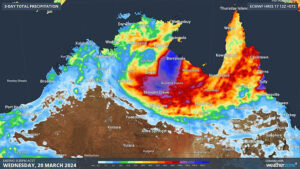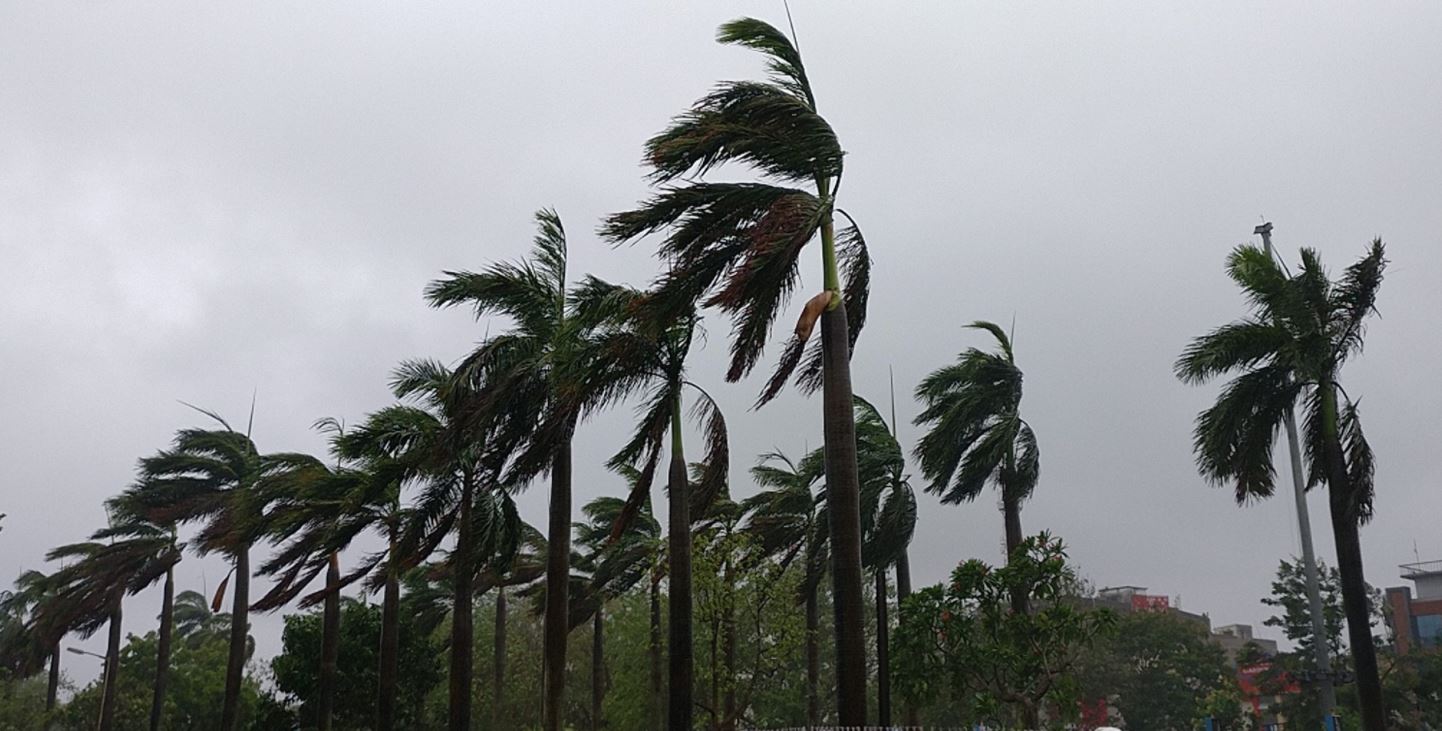In the thinly populated Northern Territory of Australia, Tropical Cyclone Megan has made landfall, bringing with it storm surges, heavy rain, and wind gusts of up to 200 km/h (124 mph).
The storm, which had been battering island settlements for many days, made landfall on Australia’s mainland late on Monday, close to the isolated town of Borroloola on the southwest coast of the Gulf of Carpentaria.
However, when the storm got closer to the mainland, worries about damaging winds and significant flooding along a number of isolated settlements subsided.
The Australian Defence Force’s planes were unable to land because of the storm conditions, therefore the planned evacuation of about 700 inhabitants of Borroloola before to the arrival of the cyclone was canceled.
Instead, residents were told to seek shelter at the police station, a medical facility, or other buildings able to endure the wind gusts from the hurricane.
The circumstances led to the cancellation of the McArthur River Mine evacuation as well.
across the course of the weekend, a storm that passed across isolated Gulf of Carpenteria island villages brought down trees and caused flash floods, resulting in about 600 mm of rain falling at Groote Eylandt.
One of the ships transporting gasoline and manganese from the GEMCO manganese mine on the island wrecked the dock. There was no leak, according to the local police, and efforts were on to remove the ship off the wharf.

Tuesday is expected to see the cyclone move even farther inland and to the southwest before fading into a tropical low in the morning, bringing with it heavy rain and the potential for flash floods in some areas of the Carpentaria region.
Up to 200 mm of rain might fall in a single day in the affected area, according to the Australian Bureau of Meteorology, and wind gusts over 90 kph (56 mph) were predicted.
Recently, there have been multiple cyclones in Australia. Tropical storm Jasper made landfall on the northern Queensland state coast in December. It was the first tropical storm of the Australian season, which runs from November to April in the southern hemisphere.
After Tropical Cyclone Kirrily pounded coastal cities and towns in January, with wind gusts reaching up to 170 km/h (106 mph), thousands of people were left without electricity for days. For more deatils click




